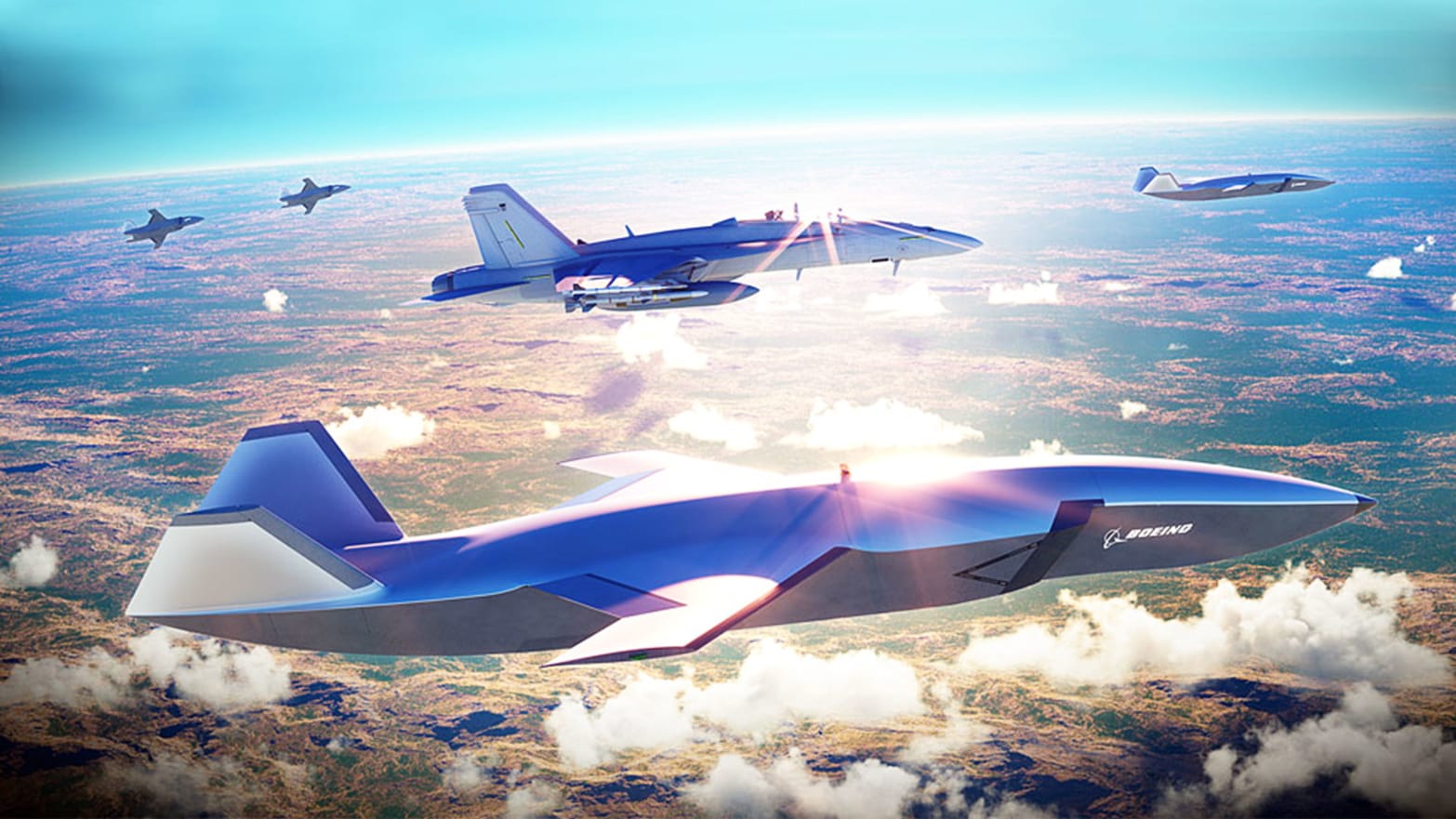USAF Plans To Fly New F-15 With Empty Back Seat
Boeing’s two-seat F-15EX aircraft will be flown with an empty back seat by squadrons now flying single-seat F-15Cs, the U.S. Air Force confirms to Aerospace DAILY.
Although derived from an international version of the two-seat F-15E, the Air Force plans to acquire at least 144 F-15EX aircraft, including 80 over the next five years, to replace an aging fleet of mainly single-seat F-15Cs.
Boeing designed the F-15EX to operate in both the air superiority role of the single-seat F-15C and the fighter-bomber role of the F-15E. The latter includes a back-seat station for a weapon systems officer to manage the munitions and sensors for land attack while the pilot in the front seat concentrates on flying and air-to-air engagements.
The F-15EX comes with two functional cockpits, but the pilot can manage air-to-air and air-to-ground missions alone in the front seat, the Air Force says. F-15EX aircraft delivered to squadrons now flying single-seat F-15Cs will not be staffed with an expanded cadre of weapon system officers, which would leave the back seat of the two-seater empty.
“Fighter squadrons that receive the F-15EX are projected to retain their current mission and crew composition,” an Air Force spokeswoman says in response to questions by Aerospace DAILY.
Although the role of former F-15C pilots flying F-15EXs would expand under the current plan, the Air Force does not expect an increase in training costs during or after the transition.
“There should be no need to expand aircrew training requirements,” the spokeswoman says.
Boeing offered the Air Force a single-seat version of the F-15X for the F-15C replacement, which was designated as the F-15CX concept. The Air Force decided to buy only the two-seat F-15EX, which minimizes nonrecurring engineering costs.
The F-15EX is a straightforward derivative of the F-15QA ordered by the Qatari air force. It features a lightened wing, but still carries the same load of weapons and sensors as the F-15E. The F-15EX also includes other upgrades added since the Air Force last ordered the F-15E in 2001, including fly-by-wire flight controls, the Eagle Passive Active Warning Survivability System, the Advanced Display Core Processor II mission computer and a new cockpit with a large format display.
https://aviationweek.com/defense/usaf-plans-fly-new-f-15-empty-back-seat



